Combustion Group, Fundamental Technology Research Center
Central Research Institute, Technology Division
Yanmar Holdings Co., Ltd.
YANMAR Technical Review
Development of Engine Technologies for Carbon-Neutral Fuels
Fossil fuels have transformed the fabric of society in many ways. With their high energy densities*1 and ability to deliver a large amount of work in a short time, fossil fuels have freed people from arduous labor and enabled mass production and long-distance transportation. Unfortunately, whereas these fuels took hundreds of millions of years to form, burning huge quantities of them over the past 200 years or so has created a major imbalance in the global carbon cycle, triggering global warming and climate change. As the carbon dioxide (CO2) released by burning fossil fuels is a major greenhouse gas, it is a focus of reduction efforts.
The need for fossil fuel alternatives that can be consumed without increasing the level of CO2 in the atmosphere is directing attention toward the carbon-neutral fuels listed below.
[1] Fuels that do not contain carbon (C): Hydrogen (H2) and ammonia (NH3)
[2] Fuels synthesized from hydrogen and captured CO2 (e-fuels): Hydrocarbons (CmHn) and alcohols (CmHnOH)*2
[3] Fuels made from biological material (biofuels): Methane (CH4), ethanol (C2H5OH), and biodiesel, etc.
Carbon-free fuels [1] do not release CO2 when burned and can be produced by using renewable energy to make hydrogen (H2) by the electrolysis of water or by the reaction of H2 with nitrogen (N2) to make ammonia (NH3).
e-fuels [2] can be synthesized by reacting H2 with CO2 captured from factory emissions or from the atmosphere. The CO2 released when these fuels are burned simply returns to the atmosphere where it originally came from. It can then be captured again and reused in fuel synthesis.
As biofuels [3] derive from living organisms, the CO2 released when they are burned is balanced by the CO2 absorbed by the organisms during their growth, resulting in no net gain in the amount of CO2 in the atmosphere.
The choice of which of these carbon-neutral fuels to use for different machinery (such as maritime, land-based, or stationary generation applications) depends on factors such as energy density*1 and fuel supply infrastructure. This issue of Yanmar Technical Review includes three articles on the development of engine technologies for carbon-neutral fuels. Topic 1 looks at research into technologies for using ammonia as a fuel, Topic 2 at the research and development of ways of using methane (CH4) as a biofuel, and Topic 3 at the development of spark-ignition engines that can run on multiple fuels.
- *1Energy density can refer to various different measures, including energy per unit volume (Wh/L) and energy per unit mass (Wh/kg).
- *2CmHn and CmHnOH are the generic formulas for hydrocarbons and alcohols respectively.
-IMPORTANT-
The original technical report is written in Japanese.
This document was translated by Innovation & Technology Division, Technology Strategy Division.
Author


 Agriculture
Agriculture
 Recreational Marine
Recreational Marine
 Recreational Boat
Recreational Boat
 Premium Cruiser
Premium Cruiser
 Marine Equipment
Marine Equipment
 Marine Commercial
Marine Commercial
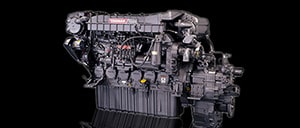 Propulsion Engines (High Speed)
Propulsion Engines (High Speed)
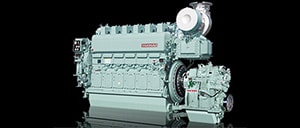 Propulsion Engines (Medium Speed)
Propulsion Engines (Medium Speed)
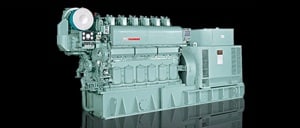 Auxiliary Engines
Auxiliary Engines
 SCR System
SCR System
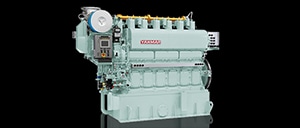 Dual Fuel Engine
Dual Fuel Engine
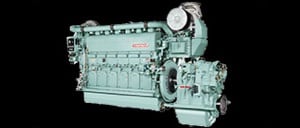 Two-stage Turbocharging System
Two-stage Turbocharging System
 Electric Propulsion System
Electric Propulsion System
 Energy Systems
Energy Systems
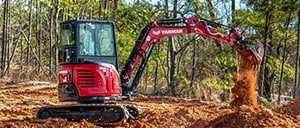 Compact Equipment
Compact Equipment
 Industrial Engine
Industrial Engine
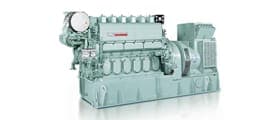 Power Generation
Power Generation
 Compact Power Products
Compact Power Products